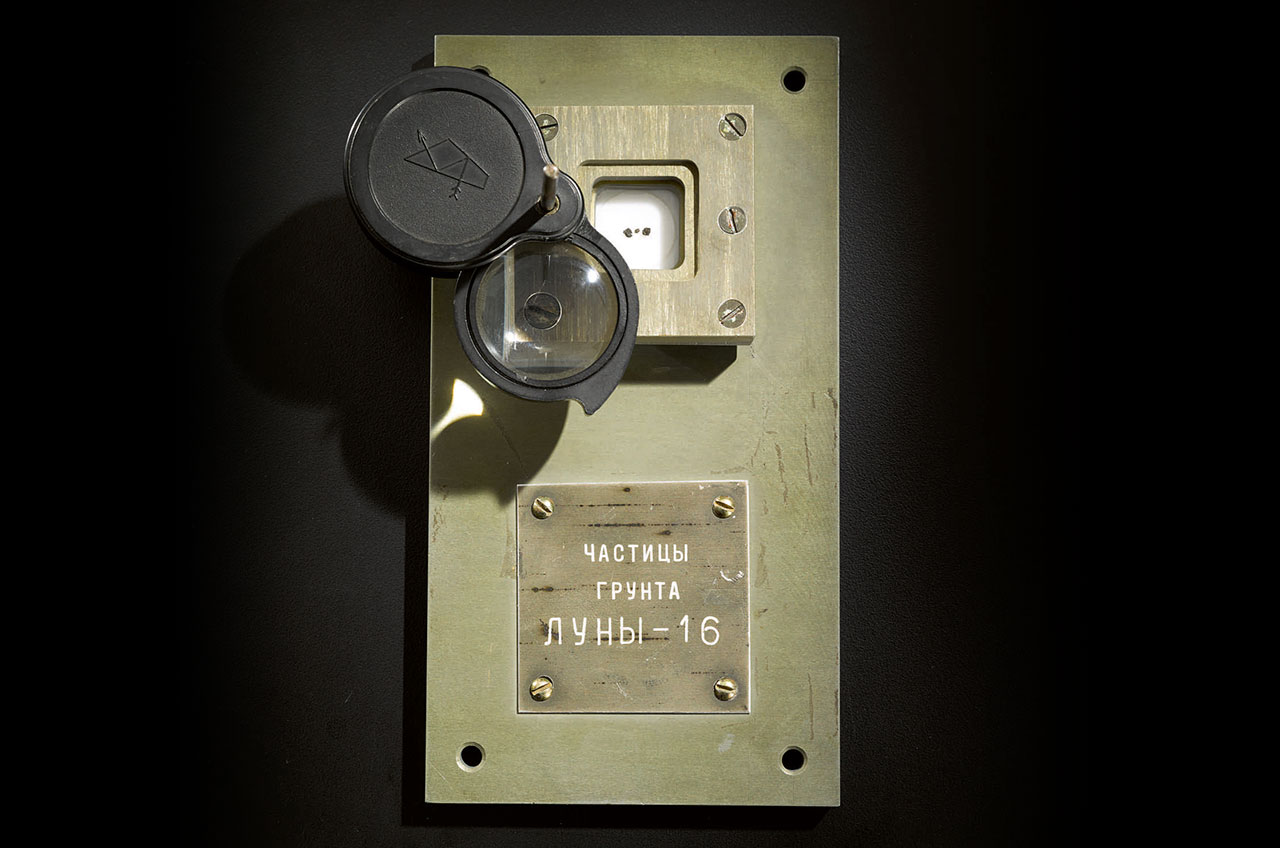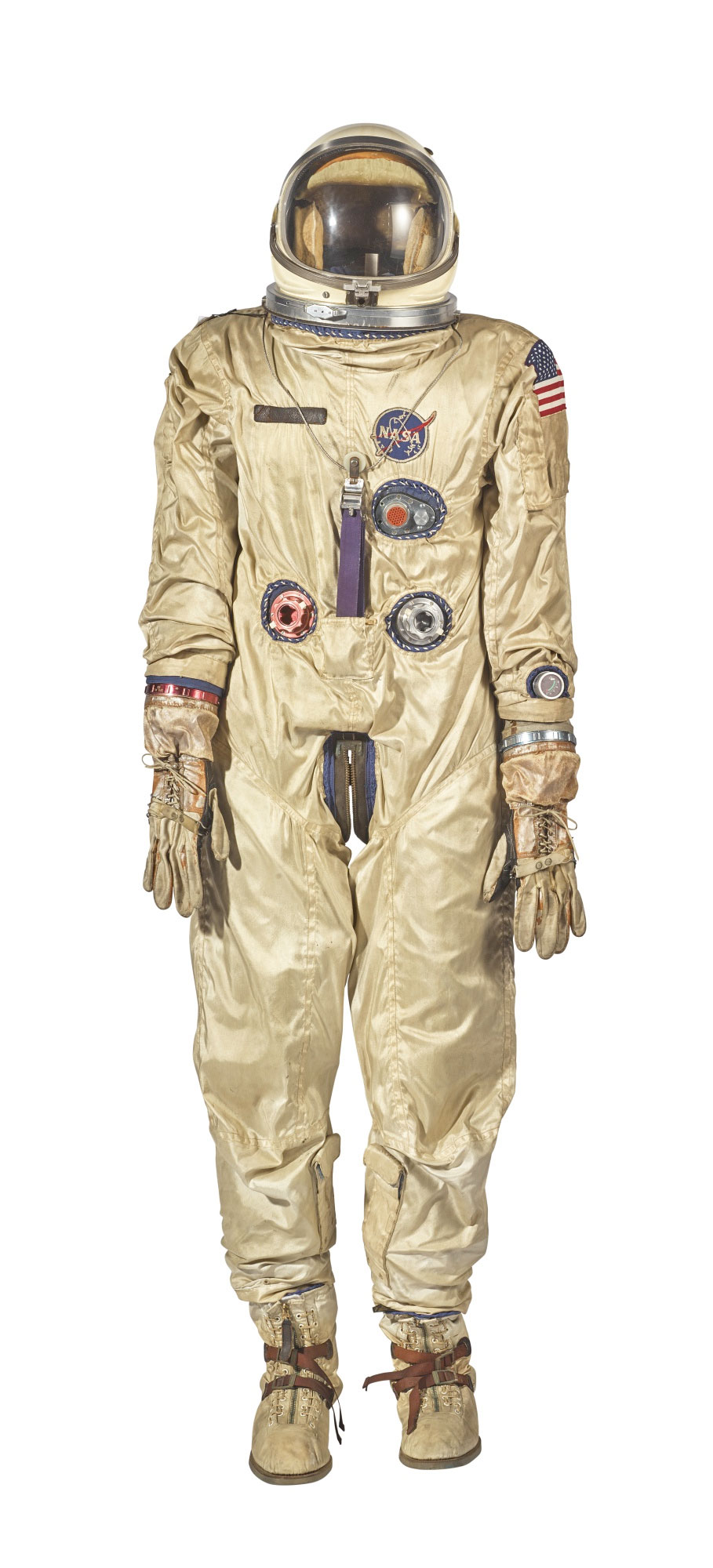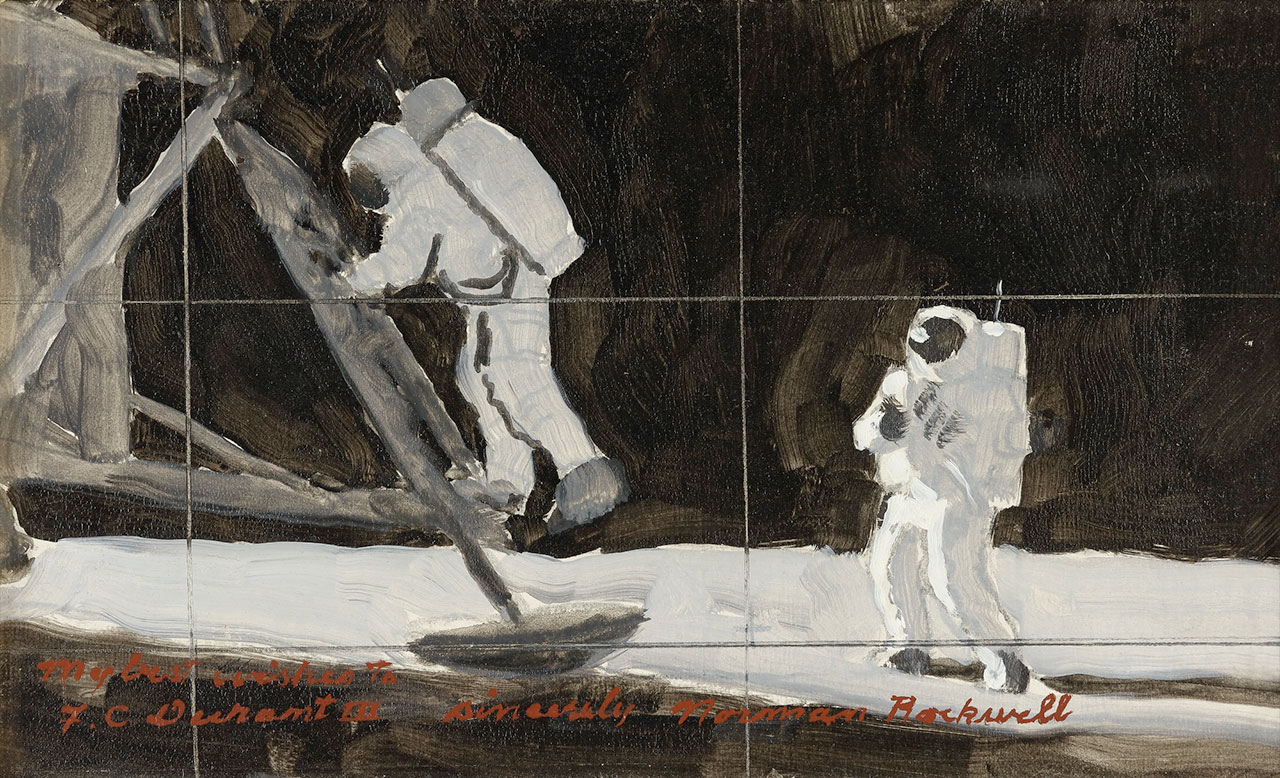Soviet Robot-Retrieved Moon Rocks Sell for $855,000 at Sotheby's

The going rate for moon rocks has changed for the first time in 25 years.
Sotheby's on Thursday (Nov. 29) auctioned the only known pieces of Earth's natural satellite to be collected from the lunar surface and be legally sold for $855,000. The three tiny pebbles were among a small cache of moon material that was brought back by the former Soviet Union's Luna 16 robotic probe in 1970.
The same moon rocks — which were originally presented to Nina Ivanovna Koroleva, the widow of Sergei Korolev, the "Chief Designer" of the Soviet space program — were sold by Sotheby's in December 1993 for $442,500. With inflation, Thursday's sale in New York City reflected an increase of about $87,500. [21 Most Marvelous Moon Missions of All Time]
The moon rocks had been consigned to the sale by the same private American collection that had purchased them in 1993. A Sotheby's spokesperson said that the winning bidder on Thursday was a (different) "private American collector."
The lot included three grains of the moon weighing a total of about 0.0007 ounces (0.2 grams), displayed under glass with an integrated lens for magnified viewing. Sotheby's described one of the samples as basalt, typical of the moon's mare (or "seas"). The adjoining two larger grains were listed as regolith, or lunar soil, with glass coatings caused by a micrometeoroid impact.
As the sale is the singular known data point, moon rock could now be valued at $4.3 million per gram.
There are no other documented sales (with clear title) of Soviet-retrieved moon rocks. The Luna 16, Luna 20 and Luna 24 probes retrieved a total of 0.7 pounds (0.3 kilograms) of lunar material.
Breaking space news, the latest updates on rocket launches, skywatching events and more!
NASA's six Apollo missions to land on the moon returned a total of 842 pounds (382 kilograms) of moon rocks, regolith and dust. Unlike the Russians, though, the United States has never presented any individual with an Apollo-collected moon rock. The only lunar samples to be released from U.S. federal property were two sets of public goodwill gifts distributed to 135 foreign nations and the 50 states.
Sotheby's offered the Luna 16 moon rocks as part of its second annual Space Exploration sale, along with nearly 300 other lots of memorabilia and astronauts' personal effects.
A Gemini spacesuit, the only known complete NASA spacesuit to come to sale, was auctioned for $162,500. The pressure garment was worn by U.S. Air Force chief warrant officer Mitchell Kanowski for atmospheric tests in the mid-1960s, but included gloves and boots sized for astronauts Charles "Pete" Conrad and Frank Borman, respectively.
Two more modern Russian spacesuits, an Orlan-M extravehicular activity (EVA or spacewalk) suit and a Sokol KV-2 launch and entry pressure suit, sold for $30,000 and $22,500, respectively. Neither of the suits were used in space.
A voice recorder that flew with the first woman in space, cosmonaut Valentina Tereshkova, failed to sell. Sotheby's had estimated the lot, which included eight cassette tapes of audio from the 1963 Vostok 6 mission, at $30,000 to $40,000.
The auction also featured paintings by noted space artists Chesley Bonestell and Alan Bean, the latter an astronaut-turned-artist who was the fourth human to walk on the moon.
An oil painting by Norman Rockwell depicting the first moon landing in 1969 sold for $87,500, exceeding its pre-sale estimate. The 8 by 12.75 inches (20.3 by 32.4 centimeter) work was a study for an illustration that Rockwell painted for the Dec. 30, 1969 issue of Look magazine.
At the close of the sale's two sessions, Sotheby's Space Exploration auction had commanded $2,504,938.
Follow collectSPACE.com on Facebook and on Twitter at @collectSPACE. Copyright 2018 collectSPACE.com. All rights reserved.

Robert Pearlman is a space historian, journalist and the founder and editor of collectSPACE.com, a daily news publication and community devoted to space history with a particular focus on how and where space exploration intersects with pop culture. Pearlman is also a contributing writer for Space.com and co-author of "Space Stations: The Art, Science, and Reality of Working in Space” published by Smithsonian Books in 2018.
In 2009, he was inducted into the U.S. Space Camp Hall of Fame in Huntsville, Alabama. In 2021, he was honored by the American Astronautical Society with the Ordway Award for Sustained Excellence in Spaceflight History. In 2023, the National Space Club Florida Committee recognized Pearlman with the Kolcum News and Communications Award for excellence in telling the space story along the Space Coast and throughout the world.



